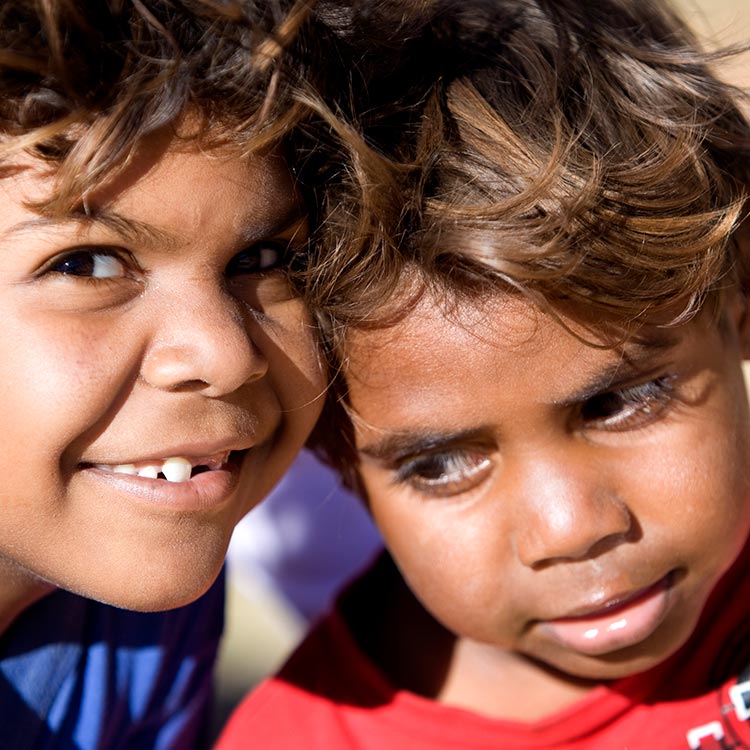Search
Research
Telehealth for Diagnosis of Hearing LossTelehealth offers unique opportunities for providing access to hearing healthcare ser- vices to underserved populations
Research
Limited impact of neonatal or early infant schedules of 7-valent pneumococcal conjugate vaccinationEarly 7vPCV schedules have limited impact on pneumococcal vaccine type carriage in PNG
Research
BCG vaccination to reduce the impact of COVID-19 in healthcare workers: Protocol for a randomised controlled trial (BRACE trial)BCG vaccination modulates immune responses to unrelated pathogens. This off-target effect could reduce the impact of emerging pathogens. As a readily available, inexpensive intervention that has a well-established safety profile, BCG is a good candidate for protecting healthcare workers (HCWs) and other vulnerable groups against COVID-19.
Research
Clinician-rated quality of video otoscopy recordings and still images for the asynchronous assessment of middle-ear diseaseVideo otoscopy plays an important role in improving access to ear health services. This study investigated the clinician-rated quality of video otoscopy recordings and still images, and compared their suitability for asynchronous diagnosis of middle-ear disease. Two hundred and eighty video otoscopy image-recording pairs were collected from 150 children (aged six months to 15 years) by an ear, nose, and throat (ENT) specialist, audiologists, and trained research assistants, and independently rated by an audiologist and ENT surgeon.
Research
Djaalinj Waakinj (listening talking): Rationale, cultural governance, methods, population characteristics–an urban Aboriginal birth cohort study of otitis mediaThe majority of Australian Aboriginal and Torres Strait Islander (hereafter referred to as “Aboriginal”) people live in urban centres. Otitis media (OM) occurs at a younger age, prevalence is higher and hearing loss and other serious complications are more common in Aboriginal than non-Aboriginal children. Despite this, data on the burden of OM and hearing loss in urban Aboriginal children are limited.

News & Events
Funding boost music to the ears of WA childrenA $6 million commitment from Wesfarmers to Telethon will fund vital research to reduce the impact of chronic ear infections and other serious diseases.
Research
Goroka Otitis Media Study: Prevalence and associated risk factors of otitis media in children attending urban clinics in Goroka, Eastern Highlands Province of Papua New GuineaOtitis media (OM, middle ear infections) and the consequent hearing loss are major concerns for Aboriginal people and OM can seriously impact on children’s learning potential which in turn will impact on life as an adult.
Research
Crowding and other strong predictors of upper respiratory tract carriage of otitis media-relatedWe investigated predictors of nasopharyngeal carriage in Australian Aboriginal and non-Aboriginal children.
Research
A Qualitative Exploration of the Role and Needs of Classroom Teachers in Supporting the Mental Health and Well-Being of Deaf and Hard-of-Hearing ChildrenThis study aimed to explore the role of schools and classroom teachers in supporting the mental health and well-being of deaf and hard of hearing children
Research
Topical antibiotics for chronic suppurative otitis mediaWe are uncertain about the effectiveness of topical antibiotics in improving resolution of ear discharge in patients with chronic suppurative otitis media
